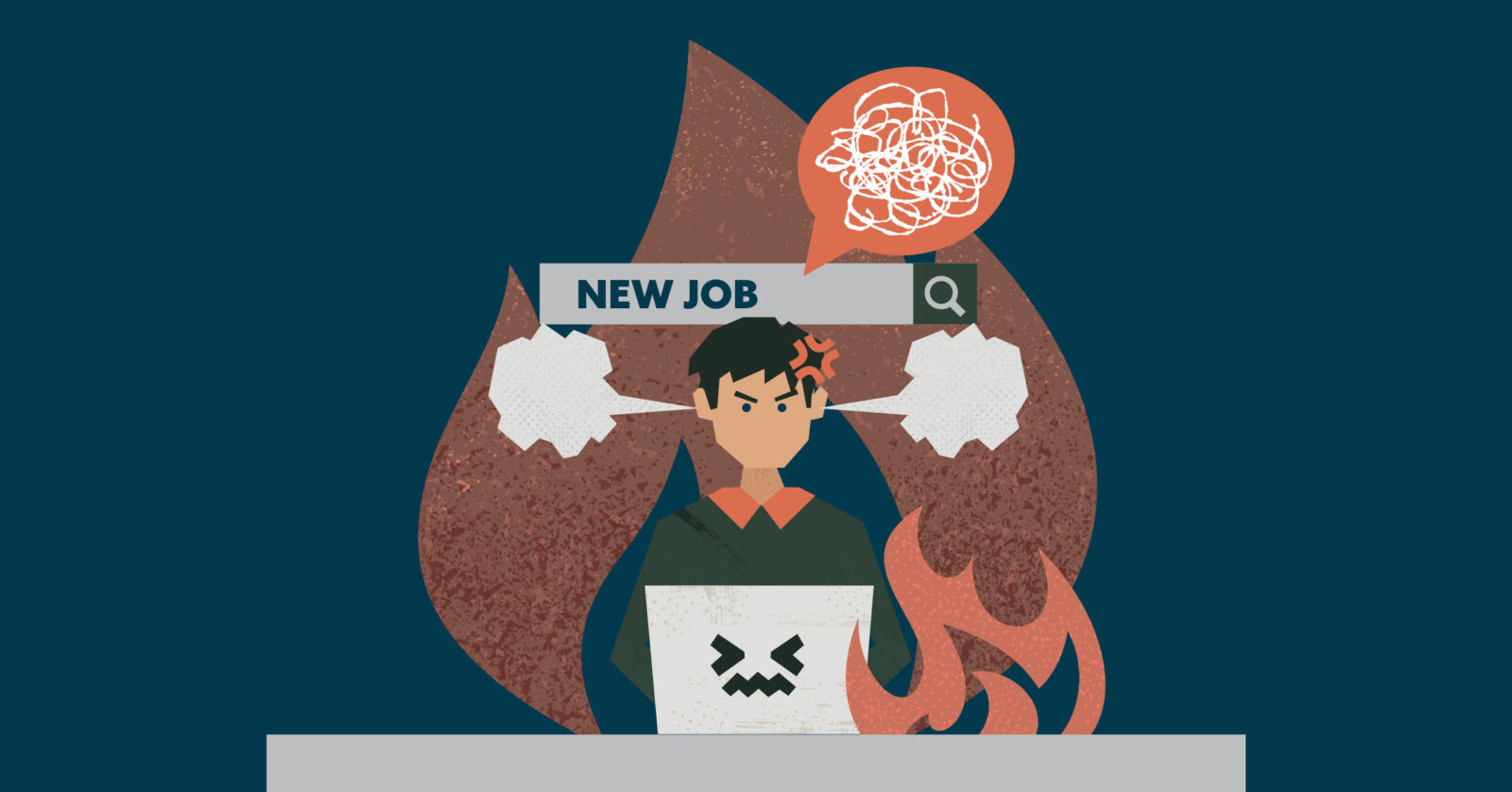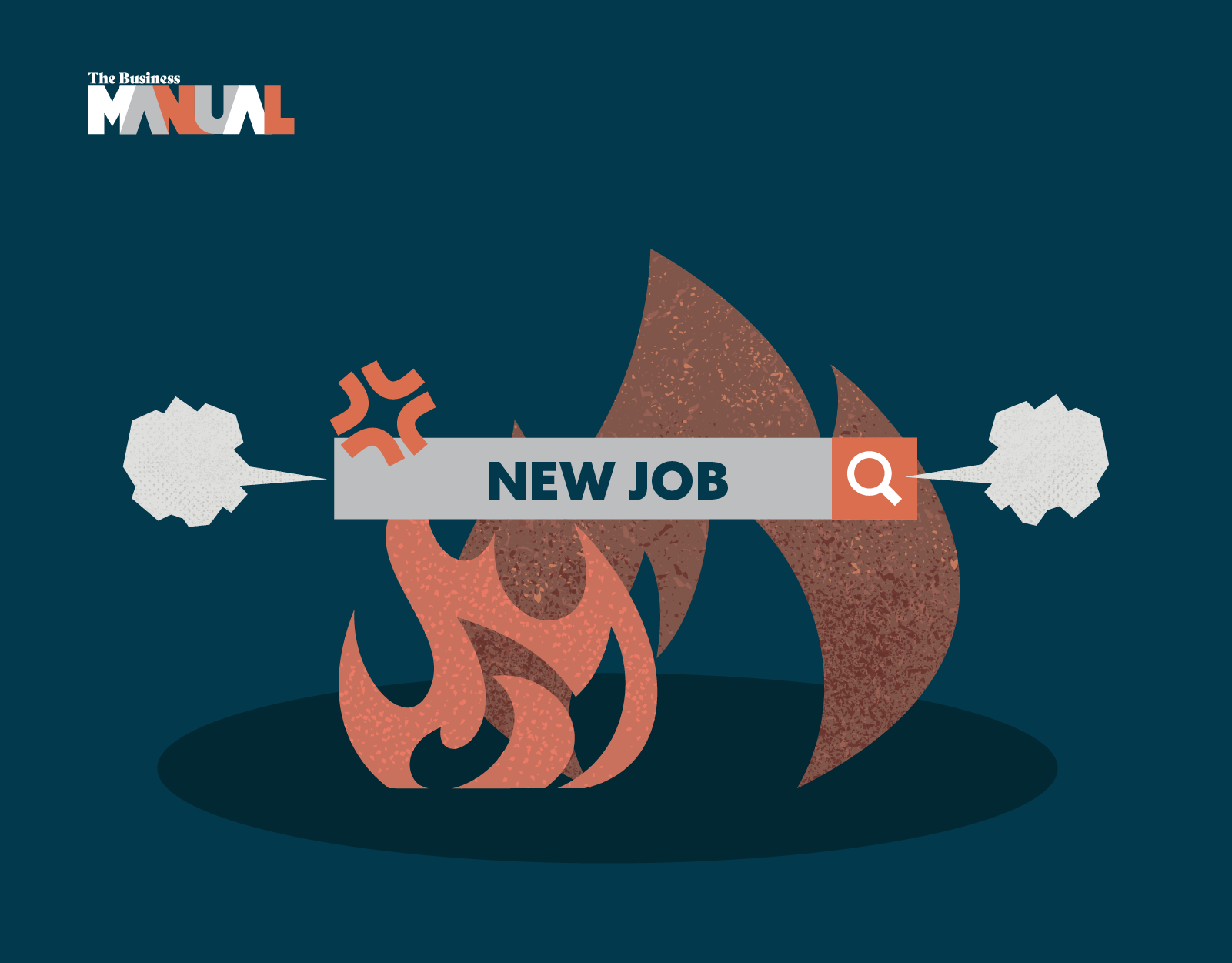Quiet Quitting, Rage Applying, and Shift Shock: Decoding the Buzzwords of Today’s Workplace

The pandemic transformed the way we work and gave rise to brand-new buzzwords on social media. But what do they mean?
Three years since the COVID-19 pandemic, the effects are still being felt. It has affected numerous aspects of daily life, including how we work, and how we communicate. In today’s workplace, it can be common to hear such terms as quiet quitting or rage applying. But what do these new buzzwords mean? And what do they say about modern workplace culture?
In today’s uncertain workplace environment, 4.2 million people have lost their jobs while 7.9 million people suffered pay cuts, according to data from 2021. Workers have had to deal with suddenly being required to work from home. Many eventually had to shift to a hybrid arrangement or working at the office full-time.
Given the struggles brought about by the pandemic on the workforce, the past few years have seen a rise in work-related buzzwords. Often found on social media, these buzzwords best explain workers’ status at work.
It can be difficult to keep track of new buzzwords and what each of them mean. Here is a list of work-related buzzwords that are common today.
Act Your Wage
First up is “act your wage,” a term that was popularized on TikTok by TikToker Stephanie Anne. According to The Street, the hashtag #ActYourWage gained prominence on the platform among employees who felt that their salary did not justify the demands and expectations of their bosses.
Forbes notes that acting your wage means that if you are being paid minimum wage, you should only do the bare minimum at work.
Bare Minimum Monday
Those who dread Mondays will easily understand what Bare Minimum Monday is. According to LinkedIn, Bare Minimum Monday is, as its name suggests, a term for the first day of the week when employees feel like exerting only minimum effort.
LinkedIn explains that on Bare Minimum Mondays, employees only do enough to get by. This is due to their desire to save their energy for the rest of the week.

Boomerang Employees
Ever had a co-worker who resigned, only to welcome them back to the company later on? This kind of employee is known as a boomerang employee.
While there are companies that do not allow previous employees to return, there are those who do allow it. The Washington Post notes that boomerang employees “have been a key resource for firms amid the war for talent: They require minimal training and get back up to speed quickly.”
Career Cushioning
The pandemic continues to affect the economy of many nations around the world. Given the uncertainty of job markets, many employees fear losing their job or suffering a setback in their career. Because of these fears, there are those who practice “career cushioning.”
Career cushioning happens when an employee takes extra steps to prepare for future hard times. These efforts often include saving money, expanding their networks, and learning new skills. That way, when the employee loses their job, the impact will not be as severe.
Grumpy Staying
Unpleasant as it may be, there’s no avoiding irritable co-workers with negative attitudes. However, this irritability may actually be a sign that a person is grumpy staying at work.
Grumpy staying is defined as “the behavior of an individual who chooses to remain in their job or position while exhibiting a consistently irritable and discontented attitude.” There are many factors that contribute to grumpy staying. A few of these factors include job dissatisfaction, toxic work environment, personal issues, and an uncertain job market.
Productivity Paranoia
At the height of the pandemic, thousands of employees were forced to work from home. This led to what Microsoft’s Chief Executive Officer Satya Nadella calls “productivity paranoia.” The term refers to the worry that employees are not doing enough while at home.
“We have to get past what we describe as ‘productivity paranoia,’ because all of the data we have shows that 80% plus of the individual people feel they’re very productive—except their management thinks that they’re not productive,” Nadella said in an interview with the BBC.
Quiet Firing / Quiet Hiring / Quiet Quitting
No list on buzzwords brought about by the pandemic will be complete without the three buzzwords that begin with quiet: quiet firing, quiet hiring, and quiet quitting.
Largely attributed to Emily Rose McRae, IT research and consultancy company Gartner’s Senior Director of Research, quiet hiring refers to an organization’s acquisition of new skills without having to hire new employees. On the other hand, quiet firing happens “when an employer indirectly pushes an employee to resign by failing to provide support and career development, either unintentionally or intentionally,” according to Monster.
Then, there’s quiet quitting. It has been noted that quiet quitting is often understood as an indication of rebellion or resistance. However, quiet quitting simply refers to how an employee chooses to fulfill their responsibilities without doing more than what is required.
Rage Applying
While there are those who are discontent with their work but choose to stay, as exhibited by grumpy stayers, there are those who choose to apply for a new job en masse. This behavior defines rage applying.
Those who rage apply hope to get out of their jobs by applying to as many companies as possible. This can make it harder for companies to find the right fit for their job postings.

Shift Shock
During the height of the pandemic, countless employees had to work from home. As health authorities loosened restrictions, companies reversed their policies. Employees either had to take on a hybrid work schedule, or return to the office completely.
Such unexpected changes may take some adjustment from employees. This is what is known as shift shock. According to LinkedIn, the term is used for “the feeling of disorientation that employees experience when their work schedule changes unexpectedly.”
Workcation
Last and not the least on the list is a buzzword called “workcation,” which became popular among those who work from home even as restrictions loosened and people were allowed to travel.
An employee is said to be on workcation when they can take time off but still have the capacity to work remotely. The work-from-home setup allows employees to work from anywhere else, including the beach, the mountains, and even overseas.
Key Takeaways
Undoubtedly, some of these buzzwords may be internet fads. At the same time, some of these terms reflect issues at work that employers should address.
Rage applying, quiet quitting, and grumpy staying can be caused by a variety of factors. Some of these factors, such as a toxic work environment and lack of management support, are within many employers’ control.
These should be addressed in order to help employees find joy and fulfillment in their work, which can hinder them from underperforming or leaving the company altogether.

